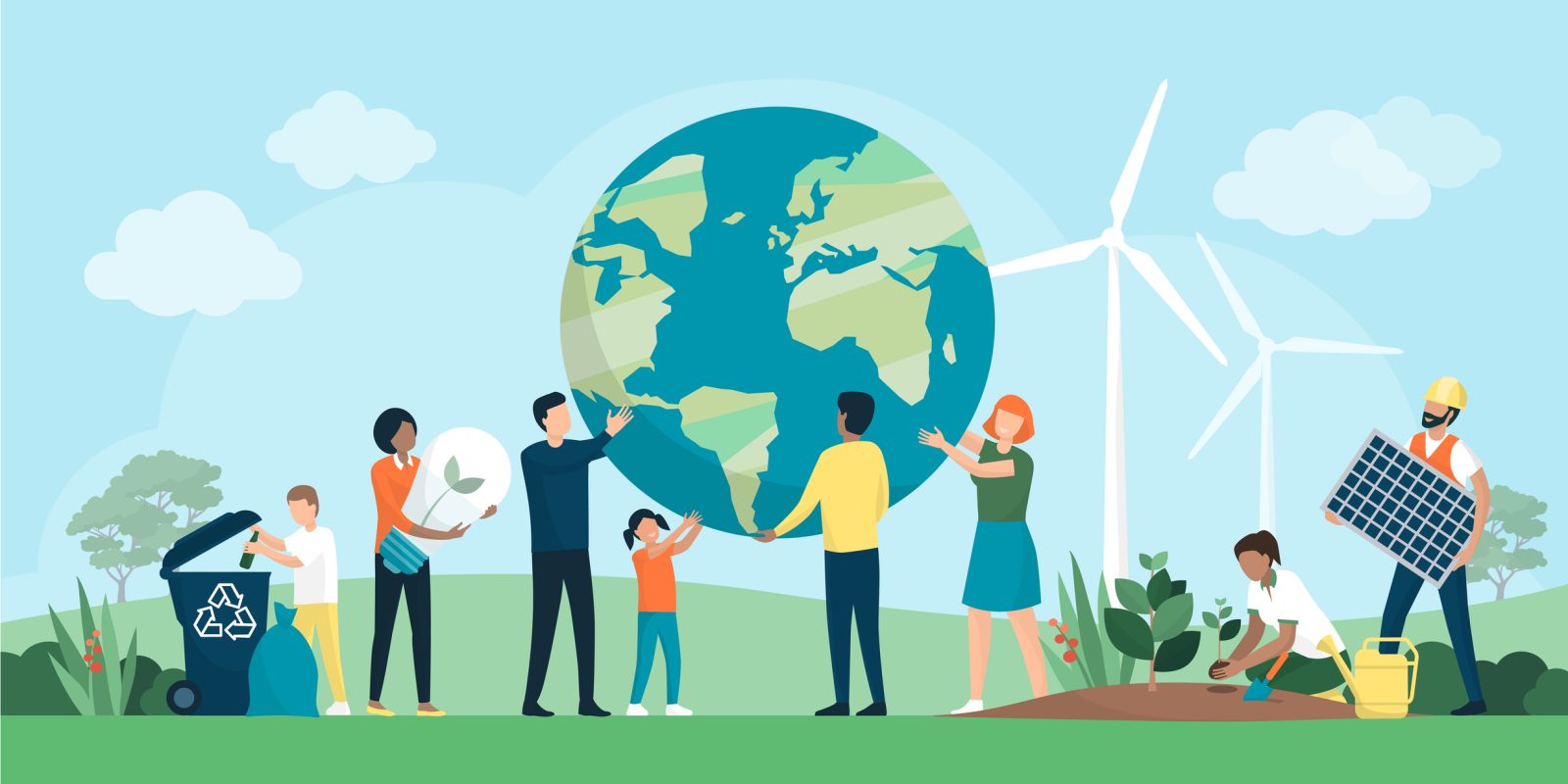The United Nations’ 17 Sustainable Development Goals, adopted in 2015, address a range of important environmental and social challenges by stimulating global and collaborative action. With so much at stake for the SDGs, how do institutions ensure they select the right sustainability framework for them?
That’s the concern addressed in a new report from Elsevier, “Demystifying Sustainability Assessment.” The 50-page white paper examines six of the most popular frameworks that higher education institutions use. It also offers a step-by-step guide to help schools get started with their own self-assessments.
Click below to listen to the latest episode of the Velocity of Content podcast.
Rachel Martin, global director of sustainability at Elsevier, tells me why the science publisher undertook this analysis and how institutions stand to benefit from supporting sustainability frameworks.
“Our motivation for writing this is to think about how we can come together and better understand the landscape that sustainability is moving towards. It basically boils down to what you can measure, you can change. And of course, data is going to underpin our ability to not only understand where we are right now, but where we need to get to, and to understand what actions we can do along the way to help us accelerate those progresses,” Martin says.
“And for higher education, that also makes a difference. Having reliable data – for example, looking at research output, but also looking at the symbiotic relationship universities have within the communities that they occupy.”
The University of Tasmania achieved a STARS silver rating in 2020, becoming the first university in the Australasia region with that distinction. In 2022, UTAS rose to a gold rating. Since then, a new set of initiatives have been introduced to support the institution’s aim to achieve a platinum rating in 2025, according to Corey Peterson, UTAS chief sustainability officer.
“We have what we call a pathway to platinum that does focus on a few areas, where we do need a bit more work. Those would include such as embedding sustainability further into our curriculum, which is what we’re hearing from the students and what they want to see as well… there’s obviously always room for improvement in operational areas such as energy supply efficiencies, waste management, catering, transport.
“We’re also mapping our offerings to the SDGs so the students can interrogate our courses in units to target their studies. And we’re also working on strengthening our peer-to-peer education programs, and that’s for both students and staff so they can more directly contribute to our overall sustainability efforts.


